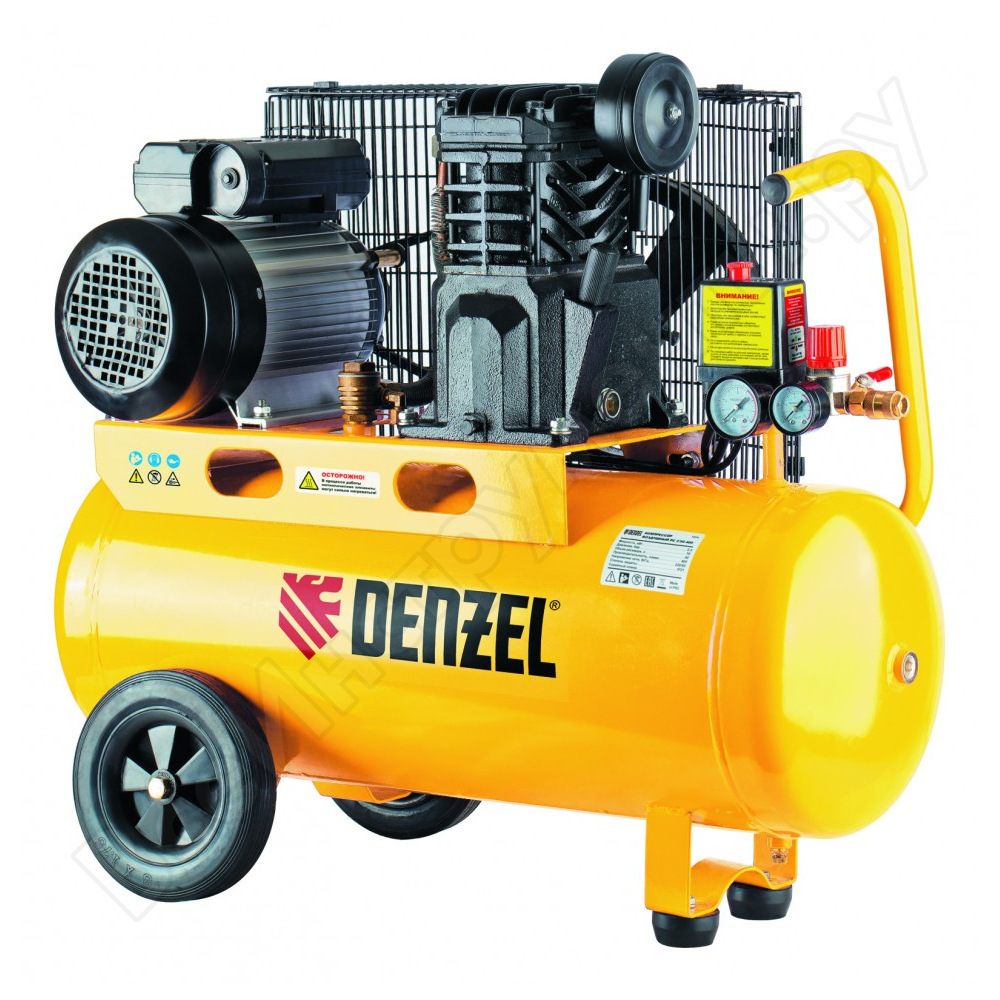Even the capital oven can crack over time. If you ignore the need to be repaired, the heat source for a long time will not serve. The question is what to cover oven - brick and metal? This article discusses the causes of the cracks and how to resolve them.

Why there are cracks in the furnace?
Most often, problems arise in the brick hearths. There are 4 main causes of violations of the integrity of the masonry:
- prolonged lack of heating in the house; if the winter stove stood in an unheated building, the cracks can not be avoided - and not only in the design but also in the walls of the building;
- ignoring the operating procedures; "Fresh" has oven to stand - kladochnaja mixture grips and dry well design; protopka wet hearth necessarily lead to the appearance of cracks;
- uneven heating furnace zones; the design must be performed so that the heat is evenly spread on it; otherwise termokontrasta line border will be clearly visible - masonry crack in this area;
- the difference of thermal expansion coefficients of the mixture and masonry brickwork; furnace material and the solution should be characterized approximately identical rates of thermal expansion, or the surface is covered with a grid of microcracks; it is not the biggest problem - to design cold cracks not visible.

This quartet of reasons leads to trouble, which can be relatively easy to remove with putty. But there are reasons and more thorough:
- wrong foundation structure; if the latter, for example, does not correspond to the dimensions of the heat source, the furnace monolith violated; oven will begin to crack and if the foundations of the shrinkage will go according to plan;
- incorrect calculation fizharakteristik materials; for example, no margin in thermojunction metal structure "sever".
In these two cases, the plaster will not help. We'll have to shift the furnace. So the first thing you need to diagnose the structure. Making sure that the problem is solved "little blood", you can proceed to the next steps.
Important! Before the repair, make sure that you can do the restoration. It makes no sense to close up the cracks, if the reason is fundamental
It will be interesting - the article about Sealant for furnaces and fireplaces.
The paint over the cracks?
Gloss over the stove, you can purchase a mixture or a solution prepared by yourself. Further features of the options.
Sand-clay mixture
Plaster of clay and sand - the most accessible and inexpensive option. Scheme mixing:
- We need to take clay and fill it with water at a ratio of 1: 3; then you need to leave weight at least for a day;
- thoroughly mix the clay, from time to time pouring liquid; after kneading - filtering fine mesh sieve and again tincture (several hours);
- after the next infusion is necessary to drain the water and make sure that the mass has a creamy consistency;
- It is required to mix the clay with sand - first in the same proportions.
Readiness determined by the subject, which solution is stirred. If you stick to it too much clay, add a little sand. As a result, the components ratio can be from 1: 1 to 1: 2.5. The composition can be considered ready when on the stick will remain a small amount of the viscous component.
This recipe is approximate because the clay can be very different. It is best not to rely on a stick stuck with the clay, and the result of experiments. Skilled craftsmen make the grout with a different composition. After that, several heterogeneous cakes are dried in a place free from the sun and wind. Those pieces that are not cracked, dropped from a meter height. "Surviving" cakes exhibit optimal ratio of components.
See also - Clay stovesReview and preparation of material.
Putty of chamotte

A little more expensive, but more effective option. Chamotte clay is very heat resistant and durable. Most often, when the furnace is used as a repair time fireclay. Material implement mortar stores. Before incorporation design purchase clay few days soaked in water.
Clay Furnace
If you want a best option, use a special blend for the furnaces. The solution consists of fireproof cement and refractory powder. In supermarkets you can buy two main types of glue - tough and hard. If you are looking for something to cover small cracks on the stove, the first type of purchase. Used for plastering solid mixture.
The main advantage of factory materials - optimal ratio of components and very thorough mixing. The home of this quality can not be achieved. In addition, there is no need to waste time on preparing grouting. Another plus ready-made - fast setting.
Alternative - furnace grout
Factory-made solutions to all good, except the price. There is another opportunity to save money - use a putty prepared by the following recipe:
- clay broken into small lumps and soaked in water for about 12 hours;
- a mixture of water and clay is added sand, whereupon the components are thoroughly mixed;
- during kneading of the occasionally added chopped straw, which reinforces the solution;
- after the mixture became homogeneous, it was added to the salt (about packs).
The ratio of sand and clay - 1: 4. Straw need about 10-15 kg per bucket of clay. It is easy to notice that it is a modified version of the sand-clay mixture, which mentioned above.
How to cover up cracks and plaster the stove?

To avoid cracked furnace, it is necessary to competently approach to its construction and operation. But if the gap still there, they must be eliminated as quickly as possible. Regardless of the type of mixture design should be prepared before restoration. The surface is cleaned of dirt and debris, and cracks deepen and widen. If on the basis there are bumps and nodules, they shoot them down.
Remember! If the oven begins to crack due to insufficient shrinkage, it is necessary to give it the final to stand. Otherwise, after the repair design again covered with cracks
Before daubing is necessary to heat the hearth. Due to the high temperature furnace materials in volumes will increase. This avoids re-cracking immediately after postrestavratsionnoy protopki.
If the "seams" a little before plastering them are buried locally. Otherwise apply the plaster complete - the entire surface coated with liquid heat-resistant putty.
Scheme of work

The whole procedure is as follows:
- base is purified and operate other additional work;
- Thin layer cover the surface of the liquid mixture and allowed to dry putty;
- reinforced base (or slots if a local repair); this is done using a grid of metal with fine yacheyami; attach the fittings with nails or dowels; Alternatively the grid may be used burlap, soaked in putty; it is preferable to seal the cracks in dot;
- after starting layer dries hearth plaster; oven coated with a bilayer - the thickness of each layer is not more than 5 mm.
The following steps - at the discretion of the owner of the furnace. The construction is coated or decorated with whitewash otherwise.
How to remove cracks in the metal structure?
The basic solution to the problems of cracks in metal furnaces is obvious - use welding. But if this is not an option, you can use special fireproof putty.
Recipes mixtures are presented in tables.


conclusion
To the stove did not cause troubles to potential problems you need to think at the stage of construction planning. But if the heat source is still cracked, in most cases it can be repaired with putty and plastering. Only if this fails, the oven will have to be disassembled and to shift.


